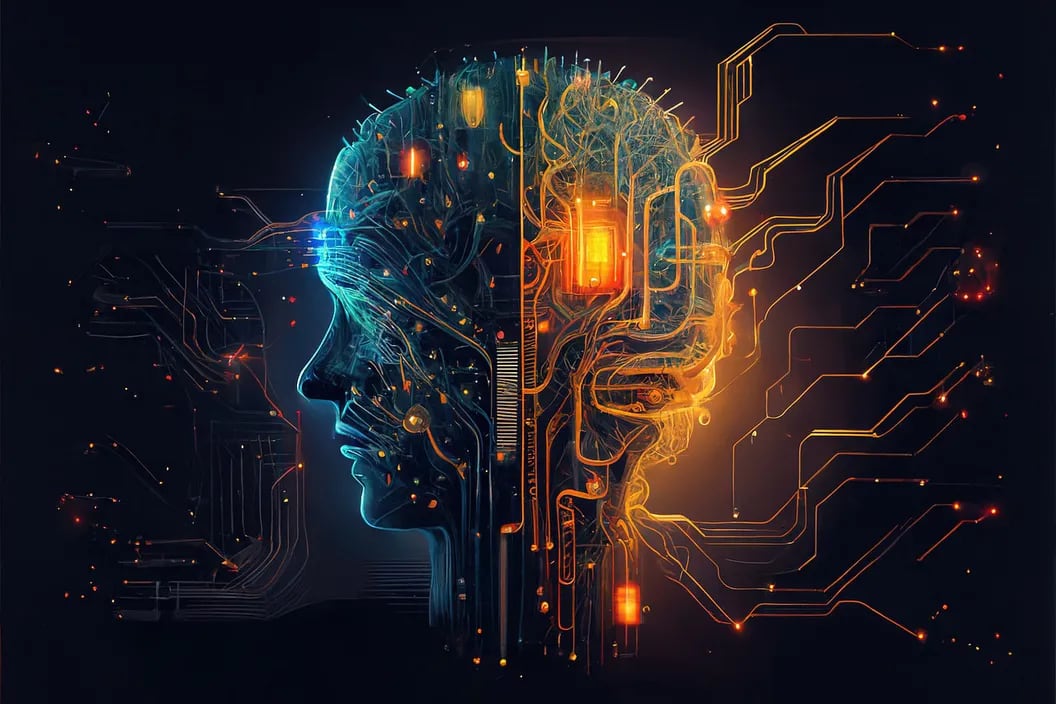
As technology continues to progress, a critical question surfaces: how can we build systems that empower individuals while safeguarding against misuse? The answer may lie in an emerging class of autonomous digital technology, commonly being referred to as “agents.” Agents are self-governing systems designed to operate independently, securely, and transparently on the Internet.
When we think of autonomy in tech, it often triggers visions of runaway AI, out-of-control systems, and an unsettling loss of human oversight. There is much talk at the moment about agents transforming human jobs, and prominent recent examples in crypto involve trading memecoins and interacting autonomously on-chain.
But agents can be designed to complement human efforts, not replace them. These verifiable autonomous systems enhance user empowerment by embedding trust in technology and managing high-stakes tasks efficiently, removing the possibility of tampering. The agent’s autonomy and transparency in their operations are crucial for fostering trust and aligning with human values, highlighting the importance of decentralized protocols for their development.
When thoughtfully implemented, autonomous technology can become a powerful ally in confronting the challenges and consequences of increasingly potent artificial intelligence.
What Are Crypto Agents?
A crypto agent is autonomous technology – a specialized software program that operates on a blockchain or within a decentralized environment. It utilizes cryptographic tools to carry out transactions, make decisions, and interact with both on-chain and off-chain resources without human intervention.
Unlike generative AI, think of crypto agents as smart, impartial technology that maintains security and integrity by design. They follow predefined rules, making them predictable, tamper-resistant, and suitable for high-stakes applications.
For instance, the Pittsburgh-based Surtrac traffic system uses it to coordinate traffic lights, substantially reducing wait times.
Properly implementing autonomous tech on blockchains helps us towards a user-centered tech future by embedding trust directly into systems, enabling transparent interactions across applications. Currently, only Lit Protocol has a sufficiently secure setup to ensure agents are autonomous through decentralized key management. It manages a distributed private key (MPC TSS) across a network of nodes running cryptographically sealed encrypted virtual machines (TEE).
By conducting complex tasks autonomously, agents bolster security, reduce central authority dependence, and eliminate intermediaries, thus giving users more control over their digital interactions. Applications span finance, education, and data sharing, exemplified by platforms like Genius Terminal and Plurality Network.
Additionally, as AI-generated content surges, agents may become essential for verifying data and authenticating sources, providing clarity amidst information overload. Companies like Fox and TIME are already exploring blockchain-enabled content verification, placing crypto agents as key players in the future of digital stewardship.
Decentralized infrastructures like Lit Protocol provide the tools necessary for agents to function autonomously and securely, ensuring privacy and data integrity. This trust allows agents to manage sensitive tasks without reliance on centralized systems.
The Future of Verifiable, Autonomous Technology
Crypto agents signify a move towards secure, user-centered technology that operates independently, with robust safeguards keeping interactions safe and verifiable. As they handle critical tasks, they contribute to a trust-based internet where transparency and empowerment coexist, enabling users to remain central in a verifiably efficient and secure digital experience.



